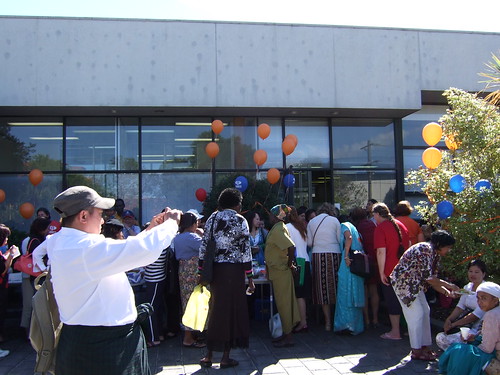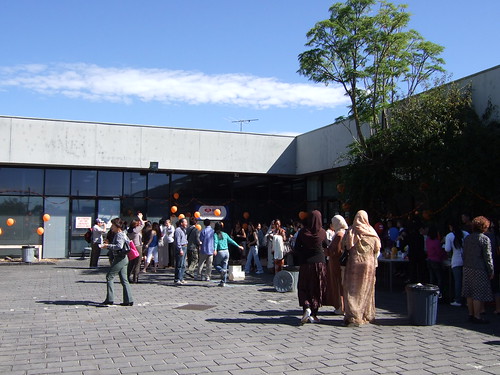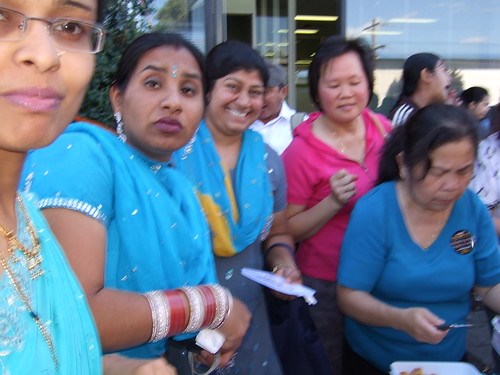- Banks, Sir Joseph
Naturalist, explorer - Barton, Sir Edmund
First Prime Minister - Bird, Nancy
Aviator - Bragg, Sir William Henry
[& Sir William Laurence]
[Xray Crystallography] Nobel Laureates - Bradman, Sir Donald
Cricketer - Burnet, Sir Frank Macfarlane
[Medicine] Nobel Laureate - Chang, Victor
Heart surgeon - Chifley, Joseph Benedict
Prime Minister - Chisholm, Caroline
Social work with women in early New South Wales - Clarke, Marcus
Writer [scroll down to information] - Cook, Captain James
Navigator, explorer - Cornforth, John Warcup
[Chemistry] Nobel Laureate - Cowan, Edith
Magistrate, First Female Australian Parliamentarian, Welfare worker - Curtin, John
WW II Prime Minister - Cuthbert, Betty
Olympic Athlete - Dixon, Sir Owen
Jurist, Diplomat - Doherty, Peter Charles
[Medicine] Nobel Laureate - Dorrington, Annie
Australian flag designer [shared] - Dunlop, Sir Edward ‘Weary’
Surgeon, POW [WW II] - Eccles, John Carew
[Medicine] Nobel Laureate - Evatt, Dr Herbert Vere
First President of the United Nations - Everage, Dame Edna
Show business personality - Farrer, William
Agriculture [wheat development] - Flinders, Matthew
Circumnavigated and named Australia. Also access archival material at
Matthew Flinders - Florey, Sir Howard
Science/medicine [penicillin], Nobel Laureate - Flynn, The Rev. Doctor John
Founded The Flying Doctor Service - Fraser, Dawn
Olympic swimmer - Frazer, Ian
Immunologist, Florey Medal winner, Australian of the Year - Grainger, George Percy
Musician & Composer - Greer, Germaine
Feminist - Hargrave, Lawrence
Flight, box kites - Helpmann, Sir Robert
Ballet dancer and director - Hinkler, Bert
Aviator; first to fly solo England/Australia - Hollows, Fred
Humanitarian, eye surgery in the Third World as well as Australia - Hughes, William Morris
WW I Prime Minister
| - Hurley, Frank
Photographer [Antarctic/WW I] - Katz, Sir Bernard
[Medicine] Nobel Laureate - Kelly, Edward [Ned]
Bushranger - Kenny, Elizabeth
Nurse [polio] - Kingsford-Smith, Sir Charles
Aviator; first to fly US/Australia - Lalor, Peter
Rebel [Eureka Stockade], politician - Lawson, Henry
Writer and poet - Lindsay, Norman Alfred William
Artist & writer - Lyons, Dame Enid
First female Federal politician - Macarthur, Elizabeth
‘Mother’ of the Australian sheep industry - Macarthur, John
Early agriculturalist - Macquarie, Lachlan
New South Wales Governor, early 1800s - Mawson, Sir Douglas
Antarctic explorer - Melba, Dame Nellie
Opera singer, soprano - Menzies, Sir Robert
Longest serving Australian Prime Minister - Mort, Thomas Sutcliffe
Refrigerated transport - Murdoch, Rupert
Media owner - Nolan, Sydney
Artist [Ned Kelly series] - O’Connor, Charles Yelverton
Engineer, Public Servant, Railways Commissioner [WA] - Oliphant, Sir Mark
Physicist - Parkes, Sir Henry
‘Father of Federation’ - Paterson, Andrew Barton
Writer and poet [Waltzing Matilda] - Phillip, Arthur
First Governor of New South Wales colony - Prokhorov, Aleksandr Mikhailovich
[Physics] Nobel Laureate - Ruse, James
Convict and farmer - Sturt, Charles
Early explorer - Stuart, John McDouall
Explorer; North/South crossing of Australia - Sutherland, Dame Joan
Opera singer, soprano - Thomas, Andrew
Astronaut - Thorpe, Ian
Olympic swimmer - Tao, Terrence
[Mathematics] Fields Medal - Trumper, Victor
Cricketer - Tucker, Albert
Artist - Wentworth, William Charles
Explorer, politician - White, Patrick
Writer, Nobel Laureate
|












